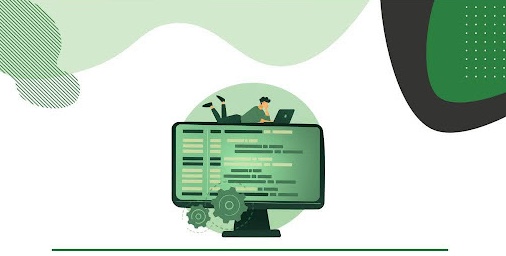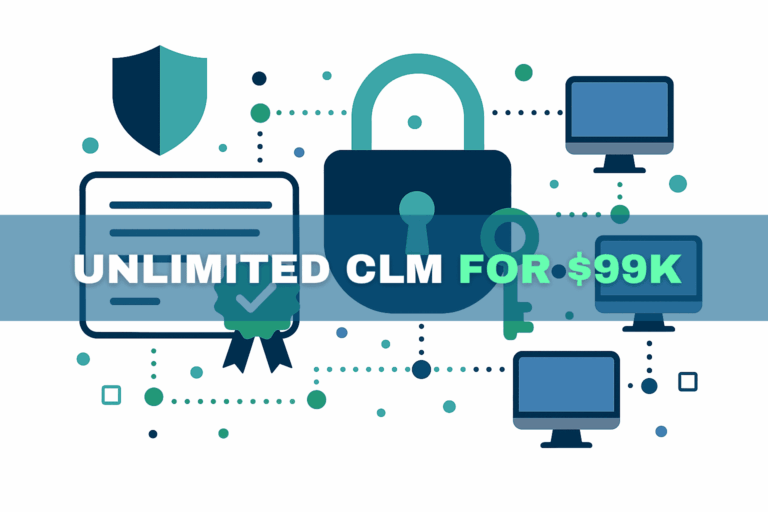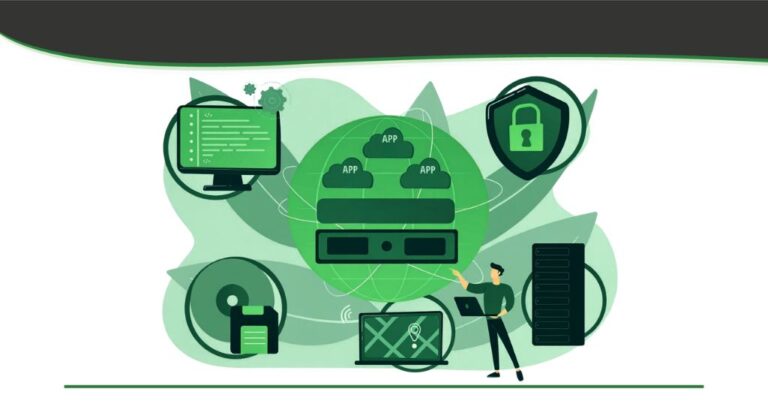In today’s hyperconnected digital ecosystem, your applications aren’t just a part of your business, they are your business. Whether you’re handling customer logins, processing payments, or managing internal workflows, your applications are constantly exchanging sensitive data. That’s where Web Application Firewalls (WAFs) come into play, not just as gatekeepers, but as strategic defenders in the battle for application data security.
But here’s the kicker: a WAF alone isn’t enough.
To truly protect your assets, you need to understand how web application firewalls integrate with other critical tools like API security, data loss prevention, identity and access management (IAM), database encryption, and application security testing. And most importantly, how they tie into a comprehensive solution like Garantir’s GaraTrust.
What Is a Web Application Firewall (WAF)?
A Web Application Firewall (WAF) is a specialized cybersecurity tool designed to monitor, filter, and block malicious traffic to and from a web application. Unlike traditional firewalls that protect networks, WAFs operate at the application layer, making them uniquely equipped to handle modern web threats like SQL injection, cross-site scripting (XSS), and zero-day attacks.
A WAF analyzes HTTP/S requests and applies a set of rules to detect and stop suspicious activity before it can exploit a vulnerability.
Why Web Application Firewalls Are More Important Than Ever
With the rise of SaaS, microservices, and cloud-native environments, application attack surfaces have exploded. One exposed API or a forgotten legacy app can open the door to a catastrophic data breach. WAFs act as a dynamic first line of defense, adapting to emerging threats while giving your security team the breathing room to address deeper vulnerabilities.
But even the smartest WAF won’t protect your private keys, secure code signing, or enforce cryptographic policy across distributed systems.
That’s where Garantir comes in.
The Bigger Picture: WAF in a Holistic Application Security Stack
1. API Security: Guarding the Connective Tissue: APIs are the backbone of modern applications, and attackers know it. A WAF that supports API inspection and validation can detect anomalous payloads and throttle abusive requests. GaraTrust, Garantir’s flagship platform, complements this by authenticating and authorizing cryptographic API calls, ensuring strong identity enforcement and data integrity.
2. Data Loss Prevention (DLP): Securing What Matters Most: Pairing a WAF with data loss prevention tools helps you monitor outbound traffic for leaks of sensitive data. But to truly prevent data loss, you need to control who can decrypt and sign data in the first place. GaraTrust keeps private keys secured at all times and only allows cryptographic operations to proceed if strict policies are met, adding a critical control layer that DLP alone can’t provide.
3. Database Encryption: Protecting the Source of Truth: Even with a WAF in place, if your backend database isn’t encrypted, your crown jewels are exposed. Garantir supports robust database encryption workflows, ensuring that sensitive data remains protected, whether in motion or at rest, and only accessible to verified entities.
4. Application Layer Encryption: Going Deeper Than HTTPS: HTTPS only encrypts data in transit. But what about sensitive data being logged, cached, or sent between microservices? Application layer encryption, a capability GaraTrust supports, is crucial for these scenarios. With cryptographic operations performed securely without ever exposing keys, GaraTrust protects data within the application, not just on the wire.
5. Identity and Access Management (IAM): Know Who’s Knocking: IAM defines who has access, and WAFs enforce the boundaries. Integrating WAFs with IAM policies helps block malicious actors before they touch your systems. GaraTrust integrates seamlessly with IAM platforms, ensuring that only verified identities can request cryptographic services, whether it’s signing code, encrypting documents, or initiating SSH sessions.
6. Application Security Testing: Find the Cracks Before Hackers Do: Application security testing identifies vulnerabilities early, and your WAF should evolve based on those insights. When vulnerabilities are discovered, GaraTrust helps secure sensitive operations even if patches haven’t yet been deployed, allowing secure-by-design workflows to persist despite an evolving threat landscape.
Proactive Protection: It’s About the Stack, Not Just the Shield
Think of a WAF as the visible shield at the front of your army, but your application data security strategy needs archers, scouts, and supply lines too. That’s where Garantir’s GaraTrust comes in. It’s the connective tissue that brings encryption, identity, access control, and key management together in a high-performance, centralized cryptographic platform.
Instead of patching holes, you’re building a proactive defense that makes it harder for bad actors to even get close.
Don’t Just Block Attacks, Break the Attack Chain
If your business relies on web applications (and let’s be honest, who doesn’t?), investing in a WAF is non-negotiable. But more importantly, integrating that WAF into a broader framework that includes data loss prevention, IAM, encryption, and security testing is what separates companies that get breached from those that stay resilient.
The good news? You don’t need to build this ecosystem alone.
Garantir is helping organizations, from startups to Fortune 500s, achieve ironclad application security without compromising performance. With GaraTrust , you gain a platform that secures cryptographic keys, accelerates operations through client-side hashing, and integrates seamlessly into your existing security architecture.
Because true application data security isn’t just about stopping threats, it’s about engineering trust into every layer of your system.


